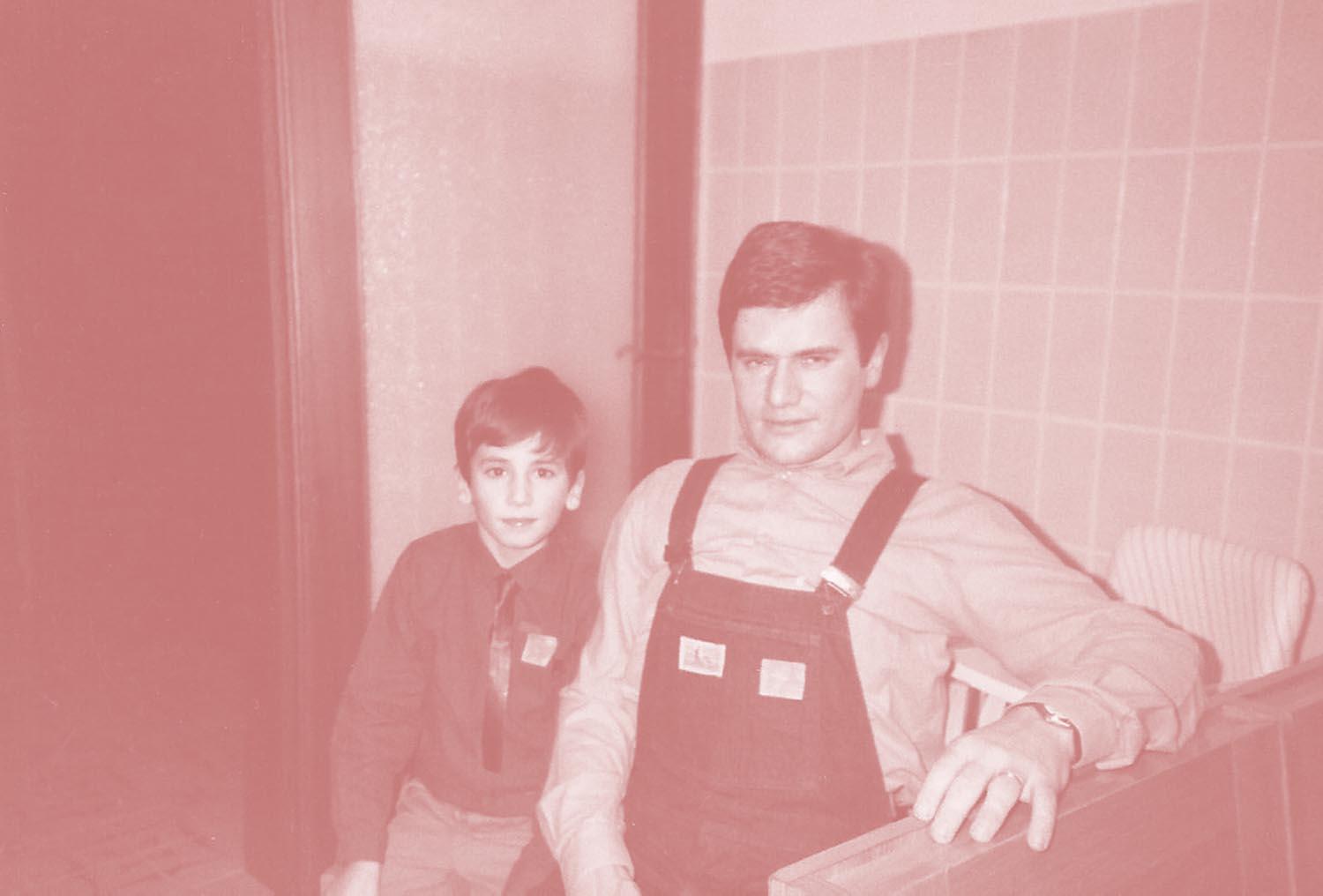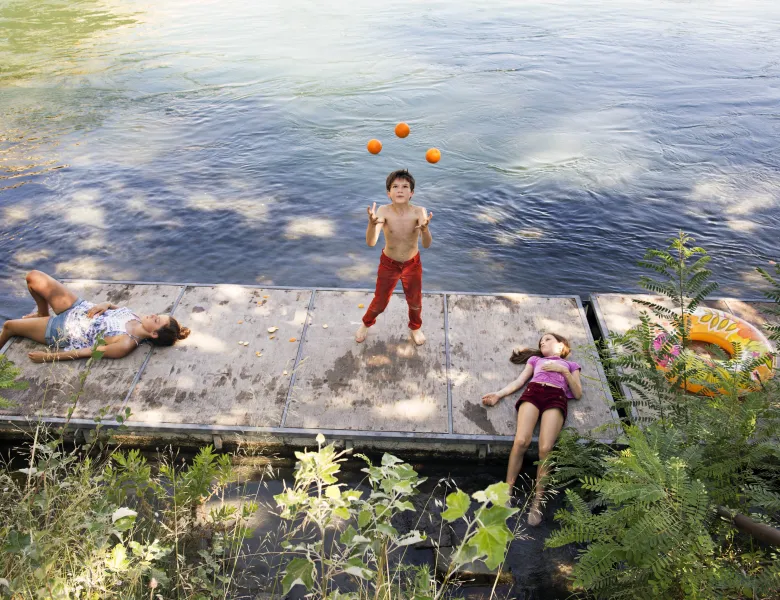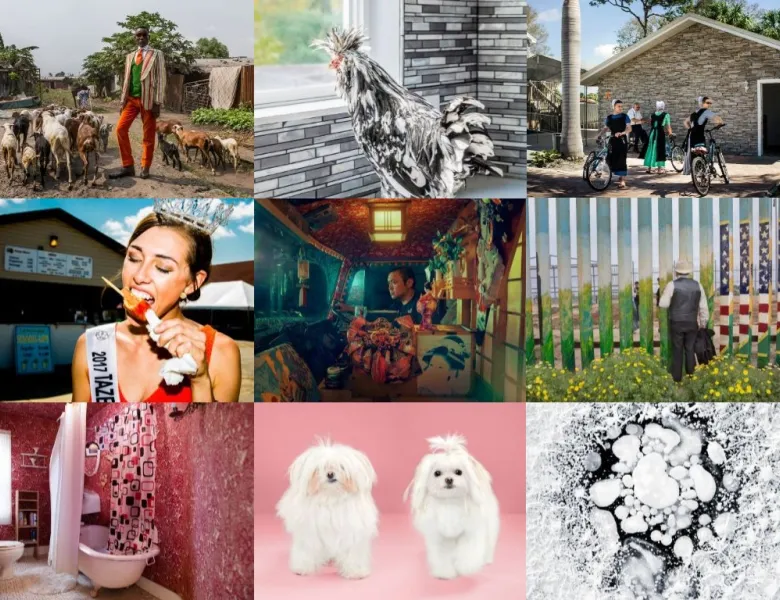Growing up with a camera around the neck

Silvia Bigi has always loved photography. Her father was very into photography when she was a young child and therefore she grew up with a camera around her neck. But it was when Bigi was at College that she really understood the potential of images as a language.
Bigi took a degree in Visual Arts, then she went on to gain a Masters in Photography in Rome, and she continued her education with several courses. “To be honest, I think that my personal idea of photography has been developed always in between, in the empty spaces, during my researches, my experiments, making a lot of useful mistakes. My vision grew up, step by step, every time I told myself: ‘this is not me, I need to find another way’,” Bigi says.
Her series "Cicatrici (Scars)" was among the curated selection of 18 projects from the inaugural DER GREIF and the World Photography Organisation open call.


In your research you explore photography as a language, its boundaries, as well as its connections with other media. How did you become interested in this?
At a certain point I understood that photography wasn't enough for me in order to express the complexity of my thoughts. I decided to try other forms, without abandoning my main medium. I figured out that a cross-media project shows better who I am, my identity, the many personas I feel inside, but also the many feelings each subject lead me to touch. When I started thinking about photography as a language, I became aware that a picture is a representation of reality. When I’m looking at a photograph, I’m not looking at the reality itself. But this is not a limit: each medium brings a specific way to look at the reality, and it sheds some light on the way we perceive the world: after all, reality is a highly subjective experience. Thinking of photography in this way, inside a cross-media project, lets me go deeper on my subjects, making the viewer aware of the complexity of our inner world, which is precisely my aim.
You attended a course at the International Center of Photography, New York, can you tell us more about it? What did it focus on? What did you work on?
It's been a program called "Investigation of self and the human condition" held by Jen Davis, a very inspiring teacher. We worked on several personal projects trying to tell us about our identity through self-representations with a narrative approach. In this course I understood for the first time that I need to start from my history and from what I know, in order to define my personal research. To this day, each project I realized starts from something personal and becomes, at a certain point, part of a wider and collective speech.
You usually work on crossed-media projects, including video installations, textile and sound art. Do you feel comfortable mixing all of them together?
Even Cicatrici, my latest work, is composed by photography, sculptures, sound installations and texts. I feel like I have no choice: my world and the way I perceive everything is complex and it has many faces and ways to manifest, like a prism. I feel dishonest when I reduce everything to a linear sequence of pictures: this is simply not my creative process. Plus, a crossed-media project allows me to create a synesthetic environment, where the spectator uses all its senses participating actively, forcing himself to a deeper thinking.

This year, the group show “Engaged, active, aware - women’s perspective now” which included your work, won the Lucie Awards as Best Exhibition 2018. Can you tell us more about it?
Yes, It has been such wonderful news. In August I've been selected for a group show, included in the 10th edition of Organ Vida. The venue was the Museum of Contemporary Art of Zagreb. The exhibition, curated by Marina Paulenka and Lea Vene, was a selection of works made by female artists re-examining the current role of photography in representing and articulating women’s experiences, re-thinking how present times are transforming feminist approaches to the image. I'm happy not only because my work had been included, but also because it was a great opportunity for many amazing female artists to show their works worldwide.
You also teach photography in Milan, what do you like about teaching?
I do love teaching, but I think I'm not a teacher, not in a traditional sense. What I do is let the students discover themselves through me, my words and my mentorship. I act as a mirror. I think the real problem is that people don't see their potential, whatever it is. My contribution as a teacher helps each one recognize their possibilities according to their own identity, finding a personal path. In Milan I'm working with my students on the idea of photography as an art practice, following the entire process, from the idea to the materialization of an artwork. I think it’s important, in photography, to take care of the entire process, or something could be lost in between. I've also created an online platform, Percorsi Fotosensibili, which allows students to join and receive lessons wherever and whenever they want and can. For now, this online educational project is in Italian only, but I hope one day to extend it to a wider audience in different languages.







